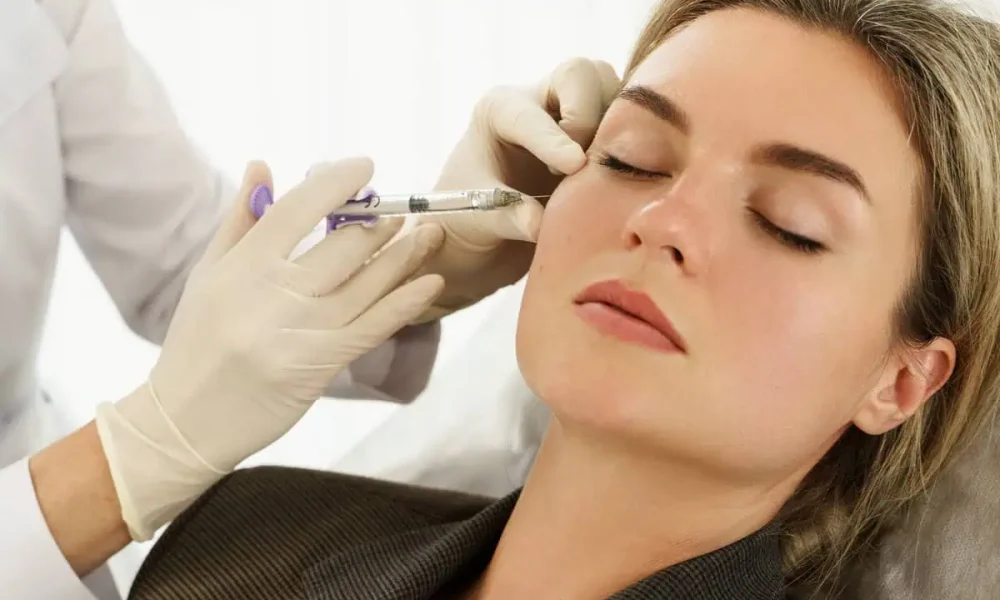
Choosing the right dermal filler can feel like navigating a maze exciting yet daunting. With so many options available, how do you know which one is best for you? In Melbourne, where beauty and aesthetics are a significant part of the lifestyle, understanding your options can lead to satisfying results. Let’s explore the factors you should consider when selecting a dermal filler, making your journey smoother and more informed.
Understanding Dermal Fillers
Dermal fillers are substances injected into the skin to restore lost volume, smooth out wrinkles, and enhance facial contours. Think of them as a quick fix, like patching up a tire; they help to refresh and rejuvenate your appearance.
Types of Dermal Fillers
Not all fillers are created equal. They can be categorized based on their ingredients and the results they provide. It’s essential to understand the different types so you can choose the right one for your needs.
Hyaluronic Acid Fillers
Hyaluronic acid is one of the most popular types of fillers. It’s a substance naturally found in our bodies, which means it’s generally safe. These fillers can provide instant results, adding volume and hydration. Imagine giving your skin a drink of water; that’s what hyaluronic acid does.
Calcium Hydroxylapatite Fillers
These fillers are thicker and provide a more substantial lift. Made from a natural substance found in our bones, they stimulate collagen production. If you’re looking for something more permanent, this might be your go-to option.
Poly-L-Lactic Acid Fillers
Poly-L-lactic acid is a biodegradable synthetic filler that works over time to restore volume. It’s like planting a seed; you won’t see immediate results, but as it works, your skin will gradually become fuller and more youthful.
Autologous Fat Injection
This method involves taking fat from another part of your body and injecting it where needed. It’s a natural approach, but it requires a more invasive procedure. Think of it as a small journey of fat transfer rather than just a quick pit stop.
Goals of Treatment
Before choosing a filler, consider what you want to achieve. Are you looking to smooth out fine lines, add volume to your cheeks, or enhance your lips? Defining your goals will help narrow down your options.
Skin Type Considerations
Your skin type plays a crucial role in determining the right filler. Oily, dry, or sensitive skin may react differently to various substances. Consulting a professional can help you understand how your skin may respond.
Consultation with a Professional
Always start with a consultation. A qualified practitioner will assess your needs, discuss your options, and recommend the best filler for you. This step is like getting a personalized map before embarking on your journey.
Risks and Side Effects
Like any procedure, dermal fillers come with risks, such as swelling, bruising, or allergic reactions. Understanding these potential side effects is essential in making an informed choice. It’s always better to know what to expect.
Aftercare Tips
Post-treatment care can impact the longevity and effectiveness of your fillers. Avoiding strenuous exercise and excessive sun exposure for a few days can help maintain your results. Treat your skin like a delicate flower after a rainstorm.
Cost Factors
The cost of dermal fillers varies widely based on the type of filler, the area being treated, and the practitioner’s expertise. It’s crucial to budget accordingly and remember that investing in your appearance can pay off in confidence and satisfaction.
Finding a Qualified Practitioner
Research is vital. Look for licensed practitioners with good reviews and a portfolio of their work. A skilled injector can make all the difference in achieving natural-looking results.
Reviews and Testimonials
Don’t shy away from checking reviews and testimonials. Hearing from others can provide valuable insights and help you feel more confident in your choice.
Long-Term Maintenance
Finally, consider the long-term aspects. Fillers are not permanent, so plan for maintenance appointments to keep your desired look. Think of it like regular car maintenance; a little upkeep goes a long way.
Frequently Asked Questions
1. How long do dermal fillers last?
Most fillers last between 6 to 18 months, depending on the type and area treated.
2. Are dermal fillers safe?
Yes, when administered by a qualified professional, they are generally safe with minimal risks.
3. Can I choose any filler for my treatment?
Not necessarily. The best filler depends on your goals, skin type, and area being treated.
4. How do I prepare for a dermal filler appointment?
Avoid blood thinners, alcohol, and excessive sun exposure a few days prior to your appointment.
5. What should I expect during the procedure?
Most procedures take about 30 minutes and involve minimal discomfort, often enhanced with a local anesthetic.
Conclusion
Choosing the right type of dermal filler in Melbourne doesn’t have to be overwhelming. By understanding the different types of fillers and considering your specific needs, you can make an informed decision that will leave you looking and feeling your best. Remember, it’s not just about the filler you choose but also the expertise of the cosmetic clinic and the consultation process that ensures the best outcome.



